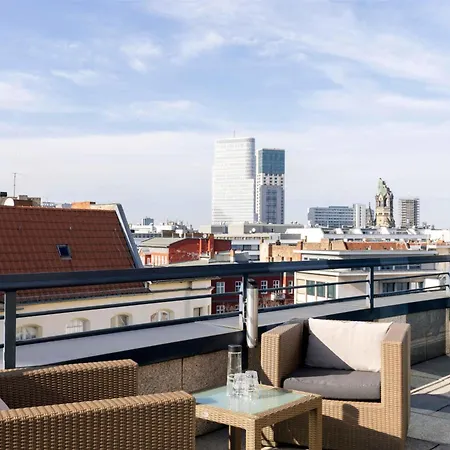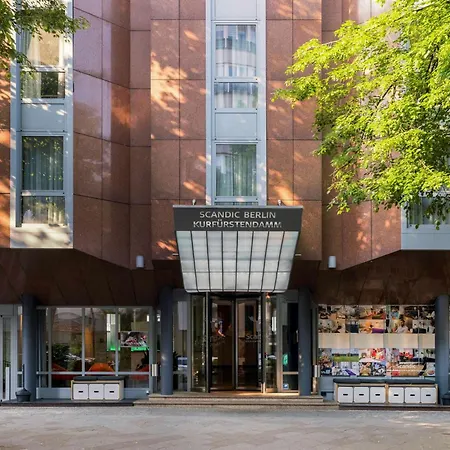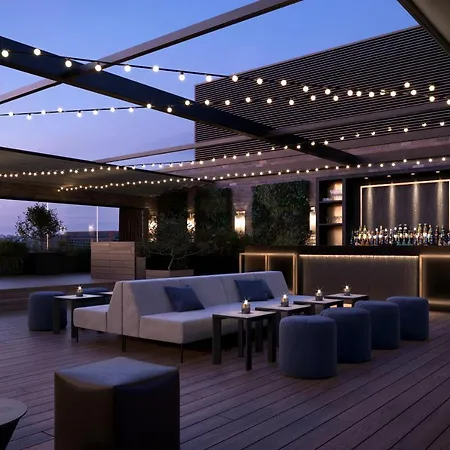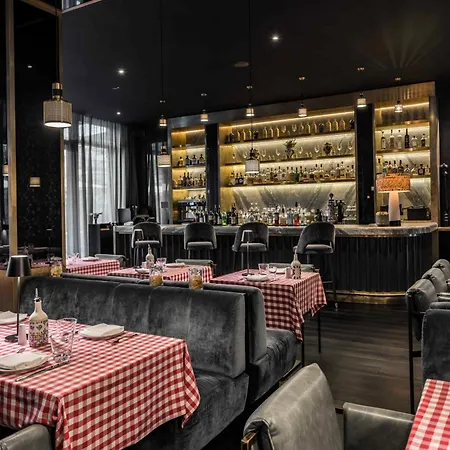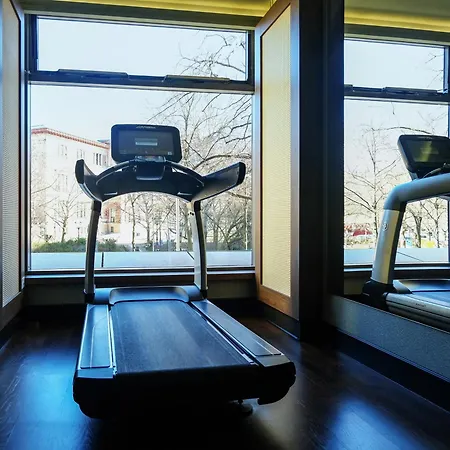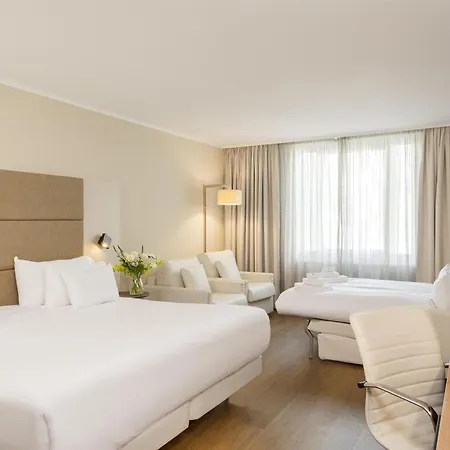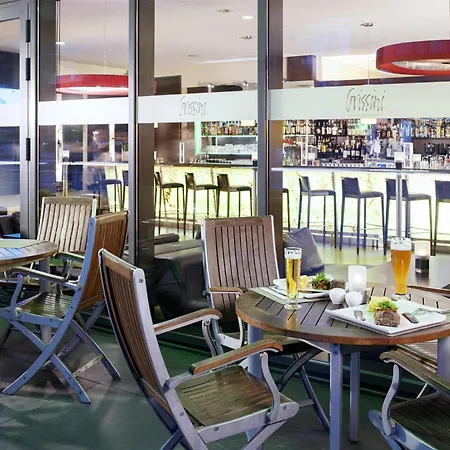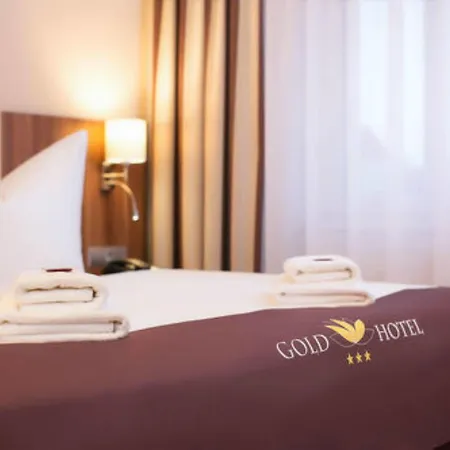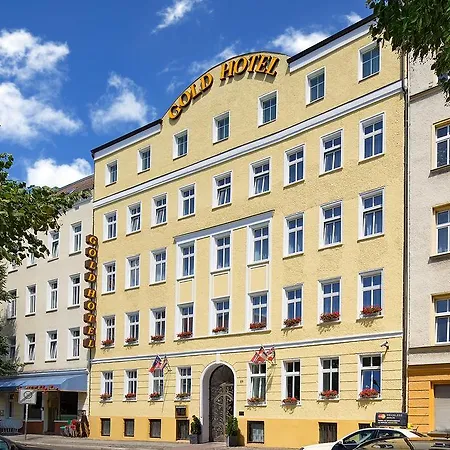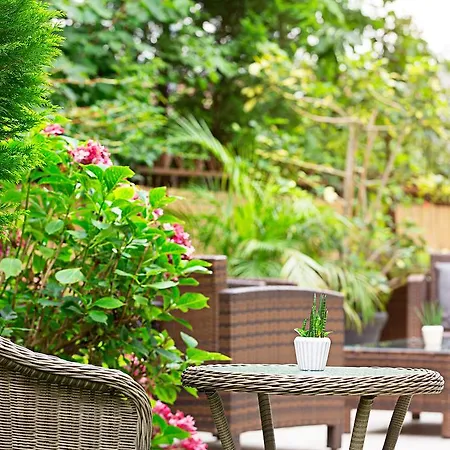Taut Passage
Check Availability
Unearthing Taut Passage
Taut Passage, built in the 1920s, is a remarkable covered pedestrian walkway in Berlin, designed by architect Bruno Taut. Serving as a vital connector between residential neighborhoods, it highlights the architectural innovations of the era.
Originally constructed as part of Taut's housing project, the unique colorful tiles and intricate design reflect the cultural aspirations of socialism in post-World War I Germany. It's a significant example of Expressionist architecture, showcasing how functional spaces can embody artistic ideals.
Noteworthy Features
- 🌉 Architectural Design: Featuring vibrant tiles and artistic motifs.
- 🌳 Green Space: Lush greenery surrounds the passage, enhancing its charm.
- 🎨 Cultural Significance: Reflects early 20th-century socialist ideals in urban planning.
Taut Passage is free to the public, making it a delightful visit for architects, history enthusiasts, and families exploring Berlin's urban landscape.
Interesting Facts about Natural History Museum Taut Passage
Architectural Innovation
Taut Passage was part of a housing reform project aimed at improving living conditions in the 1920s.
Colorful Tiles
The passage is adorned with over 50,000 colorful ceramic tiles, each uniquely placed.
Historical Connection
It is part of the Hufeisensiedlung (Horseshoe Estate), a UNESCO World Heritage site.
Location
Stay Near Taut Passage Best Hotels
Address
View mapBruno-Taut-Str. 1
Opening Hours
Friday:
Open 24 hours
Monday:
Open 24 hours
Saturday:
Open 24 hours
Sunday:
Open 24 hours
Thursday:
Open 24 hours
Tuesday:
Open 24 hours
Wednesday:
Open 24 hours
Contact Information
Price
Free. No ticket required for entry.
Average Visit Duration
Duration: 30 minutes to 1 hour.
Best Time to Visit
Weekdays early morning for quieter walking experience.
